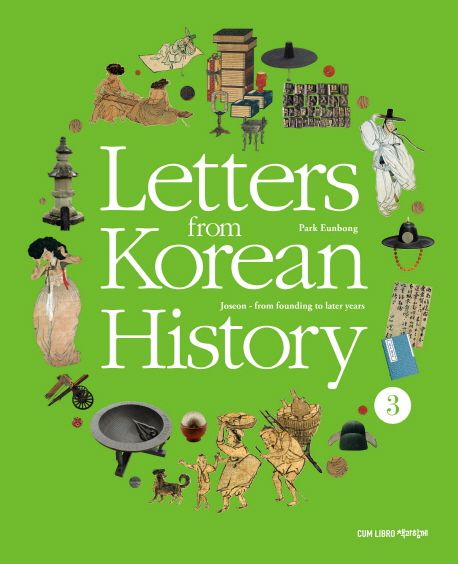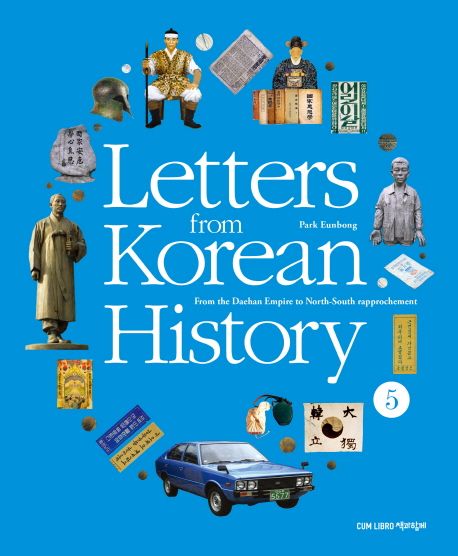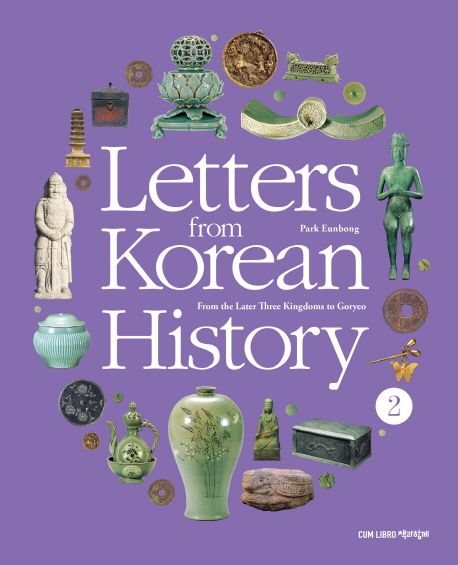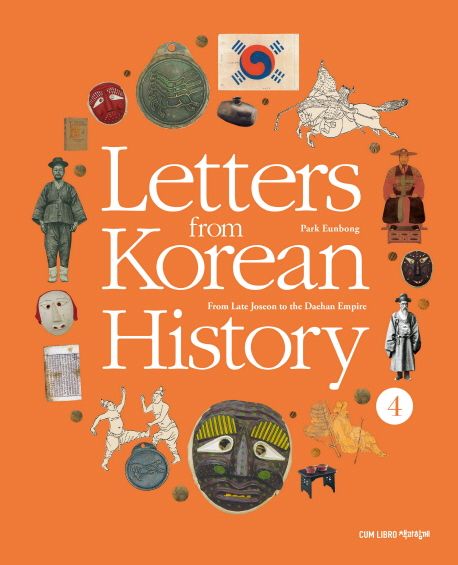A History of Korean Literature 외국인을 위한 오늘의 한국
43,90 €*
% 48,90 €* (10.22% gespart)-
Art.Nr./ISBN: 9791169191784
-
Verlag: 한국문화사
-
Seitenzahl: 204
-
Einband: Softcover
-
Jahr: 2019
-
Sprache: Korean
-
Medientyp: Book + Audio
-
Reihe: 글로벌한국학교재시리즈 5
Auf Lager. Versandfertig in 1-3 Werktagen
Produktinformationen "A History of Korean Literature"
한국문학사는 한국문학이 언제 어떻게 발생했으며 시대의 흐름에 따라 어떠한 과정을 거쳐 변화해 왔는지를 기술한 책이다. 이
책에서는 외국인이 이를 비교적 간명하게 파악할 수 있도록 문학사의 시기를 구분하고 시대적 배경을 기술한 후, 시기별 문학적 변화에
따른 주요 작가와 작품을 제시하였다. 특히 한국문학의 개념과 범위에 대한 논쟁도 적지 않으므로 이에 대한 기본적인 인식을 먼저
밝히고, 원시시대부터 1990년대까지 한국문학의 전반적 흐름을 개괄적으로 훑어나갔다. 또한 분단 이후 북한문학이 어떻게
전개되었는지를 살필 수 있도록 북한문학의 역사적 전개 과정을 간략하게나마 기술하여 한국문학의 총체적 이해가 가능하도록 하였다.
시기별로 한국문학사에 있어서 핵심적인 내용만을 언급하다보니 작품 인용이 매우 소략하거나 부족하여, 이를 보완하고자 각 장별로
말미에 〈한국문학 작품 읽기〉 부분을 두어 작품에 대한 이해를 도왔다.
Kontaktdaten des Herstellers
Zentraler Kontakt für Besorgungstitel
Korean Book Services
Prinzenweg 10
93047 Regensburg
Deutschland
Korean Book Services
Prinzenweg 10
93047 Regensburg
Deutschland
Verantwortliche Person
Korean Book Services
Prinzenweg 10
93047 Regensburg
Deutschland
Prinzenweg 10
93047 Regensburg
Deutschland
Anmelden





